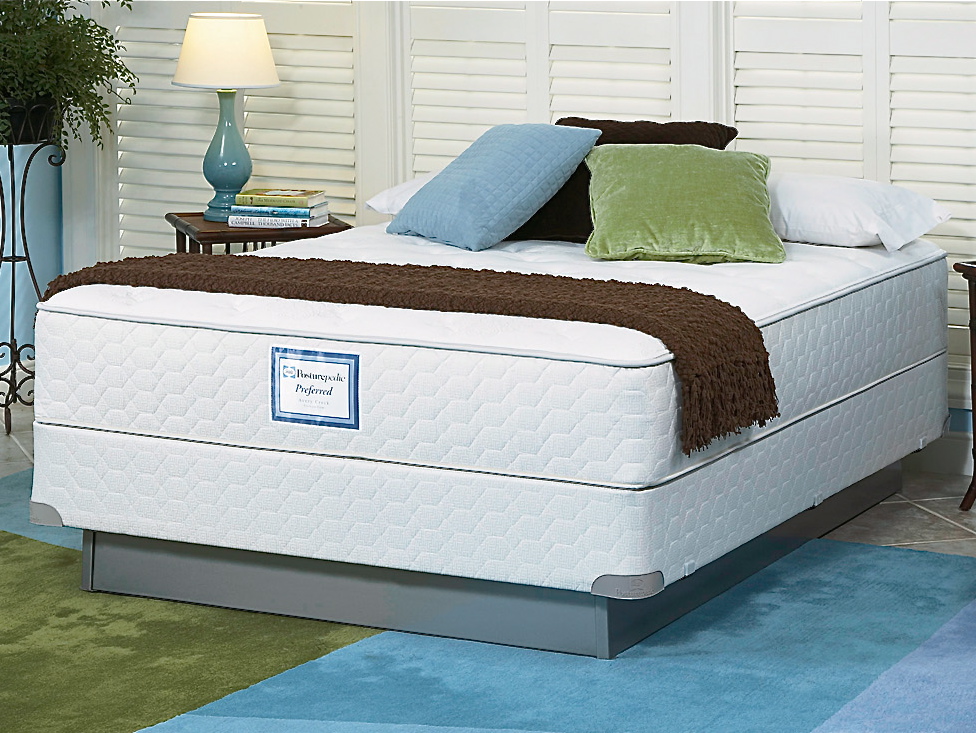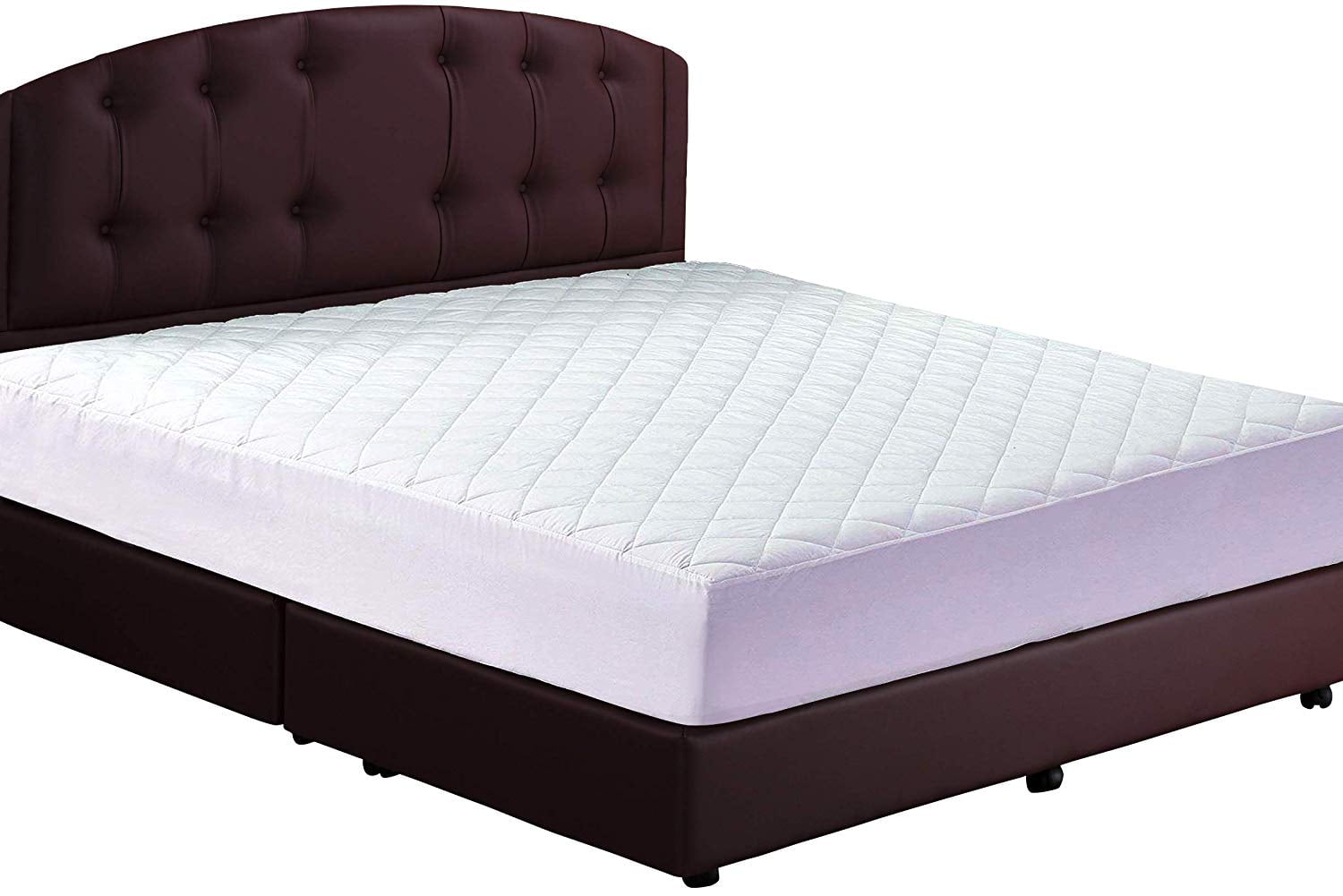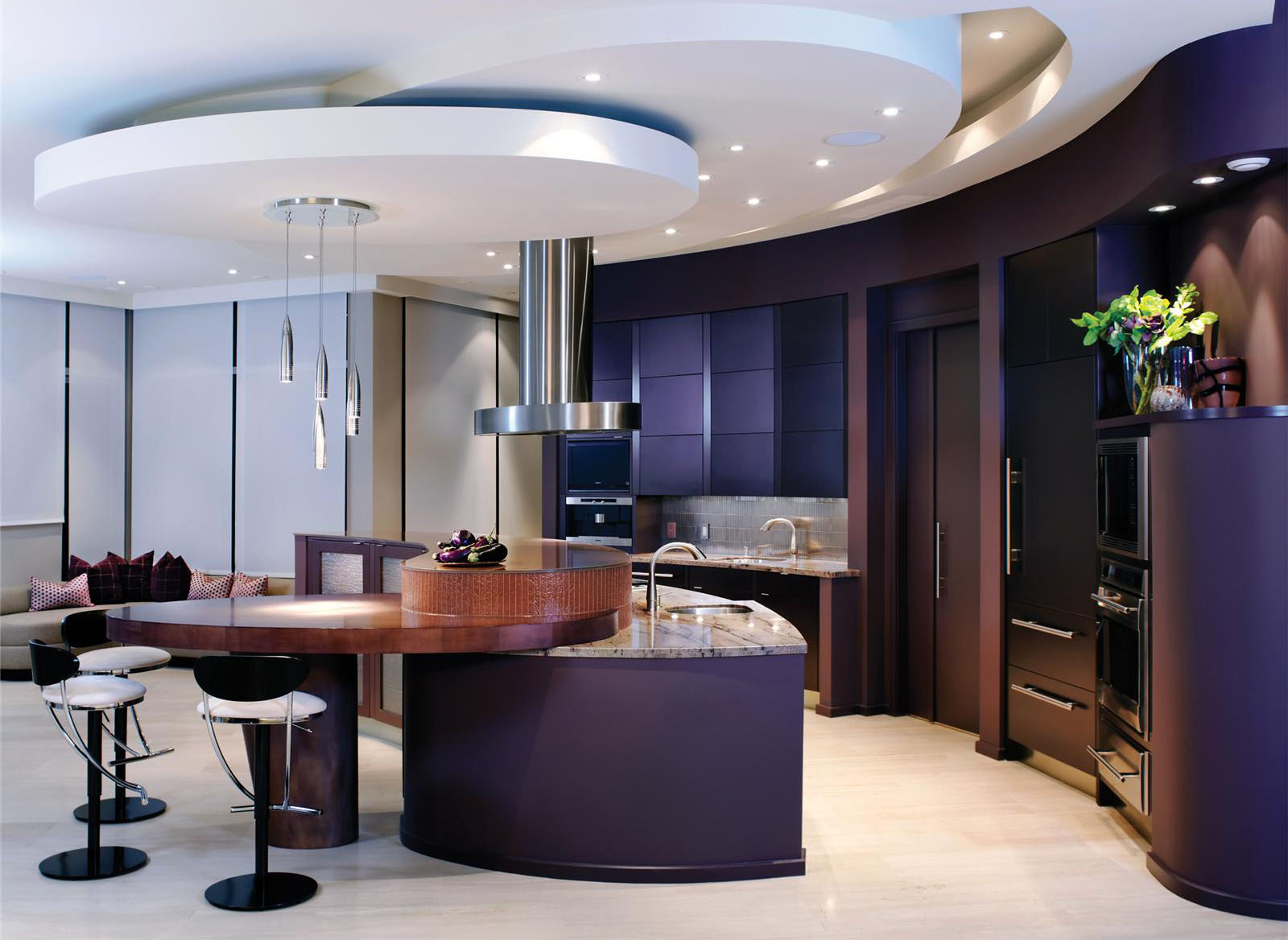1920's Craftsman House Designs
The era of 1920s Craftsman House Designs has its roots in the 19th century, from two different sources of influence. On one hand, there was the British Arts and Crafts style, developed by William Morris and others in the 1860s, with its emphasis on craftsmanship and nature inspired, hand-crafted design. On the other, the prairie style houses developed in America by Frank Lloyd Wright, tracing its roots back to an architectural style inspired by the arts and native cultures of North America.
Craftsman style houses of the 1920s often featured extensive woodwork, with a focus on using natural materials such as redwood and cedar. Roofs were usually wide and steep with an emphasis on large eaves, often with exposed rafters for dramatic effect. Windows often featured multiple panes, and terraces were often present, with details like columns and capitals also common in many designs.
The detailed exterior was often repeated inside, with wood paneling, dovetail-style trim, and built-in shelving reviews used to create an inviting, rustic space. Many 1920s Craftsman homes also featured unique exterior details, like round or square porticos, large curved staircases, and tall windows in cozy window seats.
1920's Georgian House Designs
Georgian style houses began to emerge in the 1920s, particularly during the colonial revival period. The style is based on the homes and public buildings built in the British Isles during the 18th century, which were often large and made use of grandiose, symmetrical features. In the American colonies, Georgian design had been in use since the 1700s, providing a strong sense of English tradition and culture.
In the 1920s, Georgian house designs featured symmetrical facades, sometimes even built with a central entrance hall flanked by two wings. The roof was typically steep and gabled, sometimes complete with a boxed cornice. Windows were usually tall and arched, often accompanied by a symmetrical arrangement of pilasters and doors.
What really set the Georgian design of the 1920s apart was its extensive use of brickwork and decorative accents on the exterior walls. Chimneys were often tall and elaborate, and were often made of brick or stone with molded patterns. Dormers were also popular in 1920s Georgian homes, usually built with a gable or bay style.
1920's Shingle Style House Designs
The Shingle Style was a popular architectural style used in American homes during the 1920s. The style is often said to have begun in New England, although there were also many examples built in other parts of the country as well. Inspired by American sense of freedom and informality, it combines elements of the Colonial revival style and the Arts and Crafts movement.
1920s Shingle Style houses featured an absence of surface decoration, with a focus instead on weaving together various materials like wood, stone, and stucco. These materials were often used interchangeably throughout the exterior of the home, with a focus on natural tones and textures. Windows and doors were usually large and rectangular with a focus on symmetry, and often featured a unique spindle over the doorway.
Other features that distinguished the 1920s Shingle Style included an emphasis on asymmetrical roof lines, an absence of symmetry in the windows, and multi-level roofs. The shingles used were sometimes made from unique materials like metal or asphalt, in a bid to create unique and interesting textures for the exterior walls.
1920's Bungalow House Designs
The 1920s featured an increase in popularity for a particular form of house design - the bungalow. Popularized in California, the term comes from the Hindi word for “a house in the Bengal style”. The bungalow typically features an efficient single-story floor plan and is highly suitable for warm climates. Bungalows featured during the 1920s often included a low pitched roof, detailed porches, and expansive windows.
Bungalows during the 1920s often featured Craftsman or Tudor Revival details such as exposed wood beams, fireplace mantels with tilework, and built-in dining hutches. Materials such as brick, clapboard, stucco, and wood were often used for the exterior, again in a bid to create a unique and inviting look. Ceilings were low, often featuring a combination of textured materials, such as wood, bead board, and stained glass.
In general, 1920s bungalow house designs were often streamlined and practical in nature. Bathrooms featured low-profile sinks with the claw foot tubs and WCs placed at the front of the house. Small details like built-in benches, window seats, large mantel shelves, and detailed trim added more character and charm to the exterior and interior of the home.
1920's Eclectic House Designs
The 1920s marked an important time in American architecture and design. At this time, a new style of house design was emerging - the eclectic style. Built with a variety of materials and incorporating elements from a range of different architectural styles, the eclectic house designs of the 1920s represented a rejection of traditional formal styles.
1920s eclectic house designs often featured numerous materials used in interesting combinations. For example, a house might be built with different colored brick, stucco, and wood, often laid in unique patterns. The roofs were usually low slung and expansive, sometimes with details like turrets and false dormers. Windows were often tall and arched, or else clustered in twos and threes.
Front and back porches were also commonly featured in these houses, oftentimes made of textured stones or unique brick patterns. Unique finishes could often be found on the trim, such as raised corner pieces, diamond window patterns, and unusual siding details like board and batten.
1920's American Four-Square House Designs
The American Four-Square house became popular during the 1920s, in large part due to its efficient interior layout and affordable construction. Featuring four walls and a square floor plan, the design is simple but practical. It could be built quickly and with minimal effort, often using pre-cut materials.
1920s American Four-Square homes often featured a hipped roof, with the lower level often used for the kitchen, living, and dining rooms. This lower level often featured an open-plan living layout, with large windows and natural light. The upper levels housed the bedrooms, with the second floor sometimes featuring a balcony and decorative trim on the exterior walls.
Exteriors of these homes were usually symmetrical and included features like a full porch, with the entrance either recessed or projected. Dormer windows, either gabled or hipped, were also common, usually paired together with the main entrance. Other finishes commonly found on American Four-Square homes of the 1920s included large stucco siding, stone fireplaces, stucco walls, corners with quoins, and exposed roof rafters.
1920's Tudor Revival House Designs
Tudor Revival house designs were common during the 1920s, with many homes of this style being built over the course of the decade. The Tudor Revival style, also known as the Tudorbethan, is an adaptation of the medieval style of architecture seen during the Tudor period in Britain. Featuring steeply pitched roofs, tall windows, crenellated chimneys, and other Gothic elements, this style was a popular choice during the 1920s.
1920s Tudor Revival houses often featured dark, stone exteriors with stucco details and decorative half-timbering. In many designs, the tall windows often featured pointed arches or diamond frames along with stained glass and other accents. Roofs were steep and large and sometimes featured decorative gables or applied detailing.
Inside, these houses were typically warm and inviting, featuring plenty of exposed wood, brick fireplaces, and beamed ceilings. Built-ins such as cupboards, bookcases, and benches were often built into the walls for convenient storage. Stained glass windows were also a popular feature, often with a diamond pattern to give the house a more medieval feel.
1920's Mediterranean House Designs
The Mediterranean style of house design grew in popularity during the 1920s, as it was seen as a way to bring a luxury, resort-style atmosphere into the home. Mediterranean style homes of this era often featured red tiled roofs, archways, and stucco walls, along with iron and stone details that evoked a sense of elegance and romance.
1920s Mediterranean homes often featured arched entries with elaborate, hand-carved doors. The doors were usually accompanied by detailed stone patterns and elaborate ironwork. Exteriors usually featured stucco walls, wrought iron balconies, and open courtyards. Stone capitals and detailing were also common features of many designs.
Inside, features like curved archways, beamed ceilings, and tiled fireplaces were common. Doors were usually carved and highly detailed, often featuring decorative panels and carved patterns. Floors were usually made of tile, often with intricate patterns or bright colors.
1920's Art Deco House Designs
The Art Deco style of architecture grew in popularity during the 1920s, with many homes of this style being built during this era. The style is highly ornamental, featuring bold, geometric shapes and bright colors that contrast with the mostly neutral colors of other styles of house design of the period.
1920s Art Deco homes often featured flat roofs with protruding sections and spiral details. Windows were tall and rectangular, often with curved frames. Exteriors usually featured smooth, stucco walls with low relief details such as geometric patterns, lines, and shapes. Balconies and terraces were also common in this style of house design.
Inside, Art Deco homes of the 1920s often featured curved doors, marble floors, and stained glass windows. Other features like built-in bookcases, ornamental moldings, and ornately carved fireplaces were also popular. Other Art Deco details included geometric wallpaper patterns, highly detailed window frames, and bright carpets with bold geometric designs.
1920's Prairie House Designs
The Prairie Style of architecture, a style developed by Frank Lloyd Wright, was also popular during the 1920s. Highly efficient, these modern houses featured low-pitched roofs and wide eaves. Window treatments were usually simple, often with a focus on providing indirect natural light from high windows.
1920s Prairie Style houses often featured an asymmetrical design, with multiple overhanging gables and low, tapered chimneys. Large windows filled the exterior walls which were usually covered in stucco or wood siding, often with accent details like stones. Decorative finials, friezes, and awnings were also common.
The interiors were usually open and airy, with lots of natural light from tall windows. Exposed wood beams, built-in bookcases, and decorative panels were common features. Stained glass windows, stone fireplaces, and intricate mosaic tile floors also added to the unique character of these homes.
1920's Colonial Revival House Designs
The Colonial Revival style of house design rose to popularity during the 1920s, often built as an homage to the American colonial period. Based heavily on the Georgian house design, the Revival style is usually symmetrical and rectangular in shape, often with a Georgian pediment or an asymmetrical facade.
Exteriors of the 1920s Colonial Revival houses often featured brick facades with decorative accents such as dentils, quoins, and keystones. Dormers were sometimes present, as were gables and shutters. Decorative arches were common, as were double-hung windows, often with leaded glass for a special effect.
Interiors were often based on the formal Georgian style, with beautiful turned staircases, dentil molding, and built-in cupboards or cabinets with raised dividers. Mantles were often elaborate, with elaborate egg and dart, fluting, and other details. Floors were usually hardwood, with large area rugs used to define rooms.
Materials Commonly Used and Features

Exterior Features
 The exterior of old houses built in the 1920s featured a few well-known features, many of which survive today. Clapboard siding, sometimes known as
bevel siding
, was a very popular choice. The siding was a thick, overlapping type made of wood and laid horizontally or diagonally up the sides of houses. Another feature found on the outside walls of many 1920s homes is
stucco siding
, which is a mixture of cement, sand, and water spread over a wire lath that is applied to the wall.
Brick veneer
was also utilized to soften the look or simply break up the clapboard siding in certain spots.
Towards the bottom of the exterior walls, there is often a thick border of baseboard molding. Above this sits the
dormer
, which is a roofed structure that protrudes from the main roof line. Other elements, such as a large front porch, porte-cochères, peaked roof, dormer windows, and ornamental brackets and posts, were commonly seen on houses designed in the 1920s.
The exterior of old houses built in the 1920s featured a few well-known features, many of which survive today. Clapboard siding, sometimes known as
bevel siding
, was a very popular choice. The siding was a thick, overlapping type made of wood and laid horizontally or diagonally up the sides of houses. Another feature found on the outside walls of many 1920s homes is
stucco siding
, which is a mixture of cement, sand, and water spread over a wire lath that is applied to the wall.
Brick veneer
was also utilized to soften the look or simply break up the clapboard siding in certain spots.
Towards the bottom of the exterior walls, there is often a thick border of baseboard molding. Above this sits the
dormer
, which is a roofed structure that protrudes from the main roof line. Other elements, such as a large front porch, porte-cochères, peaked roof, dormer windows, and ornamental brackets and posts, were commonly seen on houses designed in the 1920s.
Interior Features
 Houses also featured certain interior elements in the 1920s. A few defining features of the period include crystal door knobs, wide moldings, and beaded finishes. Wooden paneling, with a light wooden finish was also common for walls in the living room and dining room, while the walls in other rooms were typically painted.
The
fireplaces
of houses from the 1920s were low, having just a tile border.
Tall bookcases
extended from the floor to the ceiling in libraries and living rooms. Arcades, where a string of arches composing a room adjoined to other rooms, were also popular. And the floors of these houses were typically made from hardwoods such as oak or maple, usually covered by an area rug in the living room and other rooms.
There was some diversity to house design in the 1920s, but these were some of the most common features and materials used.
Houses also featured certain interior elements in the 1920s. A few defining features of the period include crystal door knobs, wide moldings, and beaded finishes. Wooden paneling, with a light wooden finish was also common for walls in the living room and dining room, while the walls in other rooms were typically painted.
The
fireplaces
of houses from the 1920s were low, having just a tile border.
Tall bookcases
extended from the floor to the ceiling in libraries and living rooms. Arcades, where a string of arches composing a room adjoined to other rooms, were also popular. And the floors of these houses were typically made from hardwoods such as oak or maple, usually covered by an area rug in the living room and other rooms.
There was some diversity to house design in the 1920s, but these were some of the most common features and materials used.
Common Home Design Colors
 Houses built in the 1920s were often colored in a limited array of colors. For the exteriors, bold colors such as blue, red, yellow, and green were popular, though grays and creams were in style as well. Walls in the interior were typically covered in whi
te paint, but bright colors were used in other rooms. Natural wood colors were also used in certain rooms, such as dining rooms.
Houses built in the 1920s were often colored in a limited array of colors. For the exteriors, bold colors such as blue, red, yellow, and green were popular, though grays and creams were in style as well. Walls in the interior were typically covered in whi
te paint, but bright colors were used in other rooms. Natural wood colors were also used in certain rooms, such as dining rooms.
Floor Plan Layouts
 Houses built in the 1920s also featured some floor plans that have become iconic in design today. The tightly constructed design idea of the 1920s was often laid out in the form of a rectangle with each room interconnecting. This provided a sense of convenience and was a popular trend of the time. Other popular floor plans during the 1920s included L-shaped or U-shaped, with the addition of courtrooms or side porches.
Houses built in the 1920s also featured some floor plans that have become iconic in design today. The tightly constructed design idea of the 1920s was often laid out in the form of a rectangle with each room interconnecting. This provided a sense of convenience and was a popular trend of the time. Other popular floor plans during the 1920s included L-shaped or U-shaped, with the addition of courtrooms or side porches.
Conclusion
 The 1920s was an era of great transformation in architecture and design, and the old style house design of the era was a big part of that. While there were diverging styles, there were certain elements that were commonly found on houses of the time. Clapboard siding, stucco siding, and brick veneer walls were utilized on the exterior, while crystal door knobs, wide moldings, and beaded finishes dominated the interior. Rectangular floor plans were also very popular, with L-shaped or U-shaped occasionally thrown in. Bold and vibrant colors were used both on the outside and inside of the homes, the former having a bright, cheery look and the latter providing an elegant look. While some of these features have already fallen out of style, the timeless features of 1920s house design remain a popular choice among homeowners today.
The 1920s was an era of great transformation in architecture and design, and the old style house design of the era was a big part of that. While there were diverging styles, there were certain elements that were commonly found on houses of the time. Clapboard siding, stucco siding, and brick veneer walls were utilized on the exterior, while crystal door knobs, wide moldings, and beaded finishes dominated the interior. Rectangular floor plans were also very popular, with L-shaped or U-shaped occasionally thrown in. Bold and vibrant colors were used both on the outside and inside of the homes, the former having a bright, cheery look and the latter providing an elegant look. While some of these features have already fallen out of style, the timeless features of 1920s house design remain a popular choice among homeowners today.








































































































